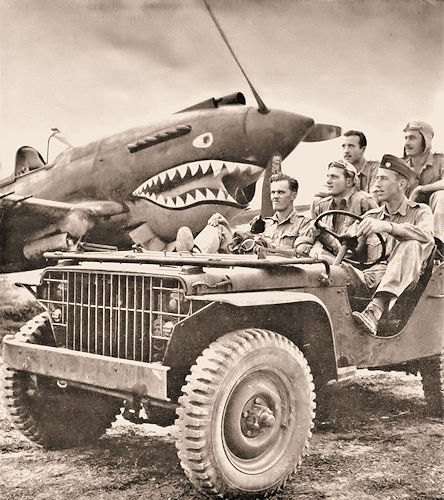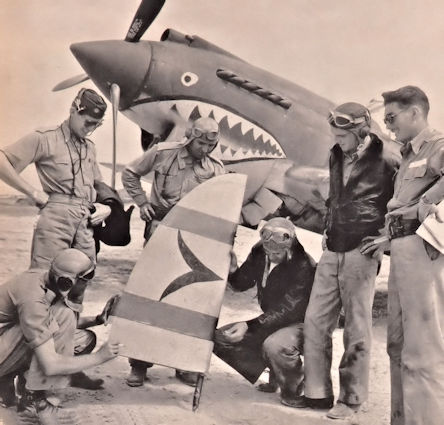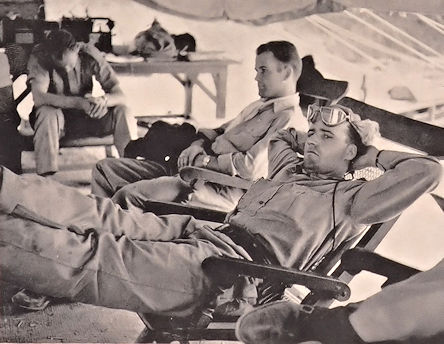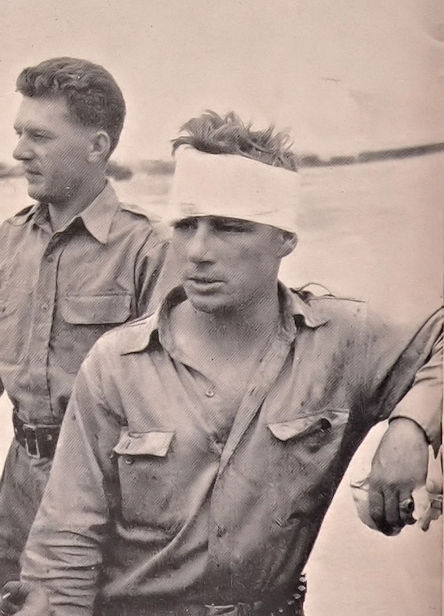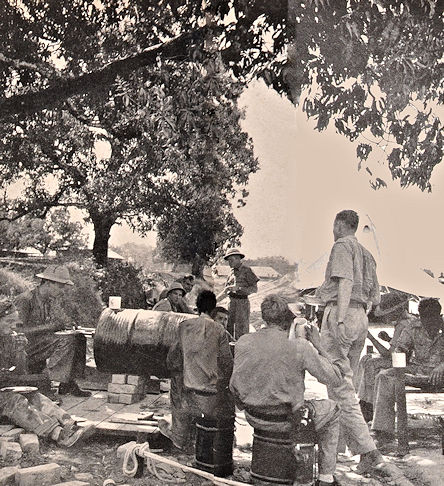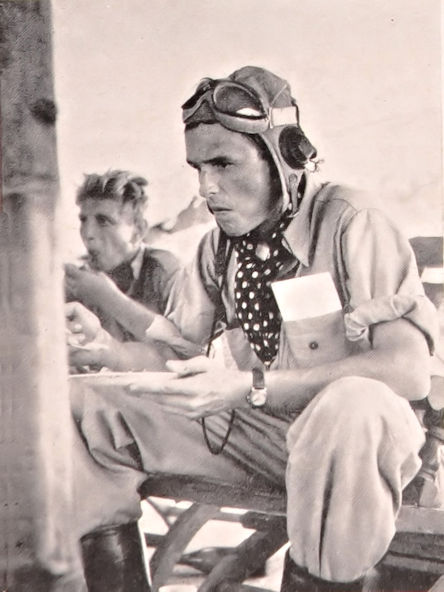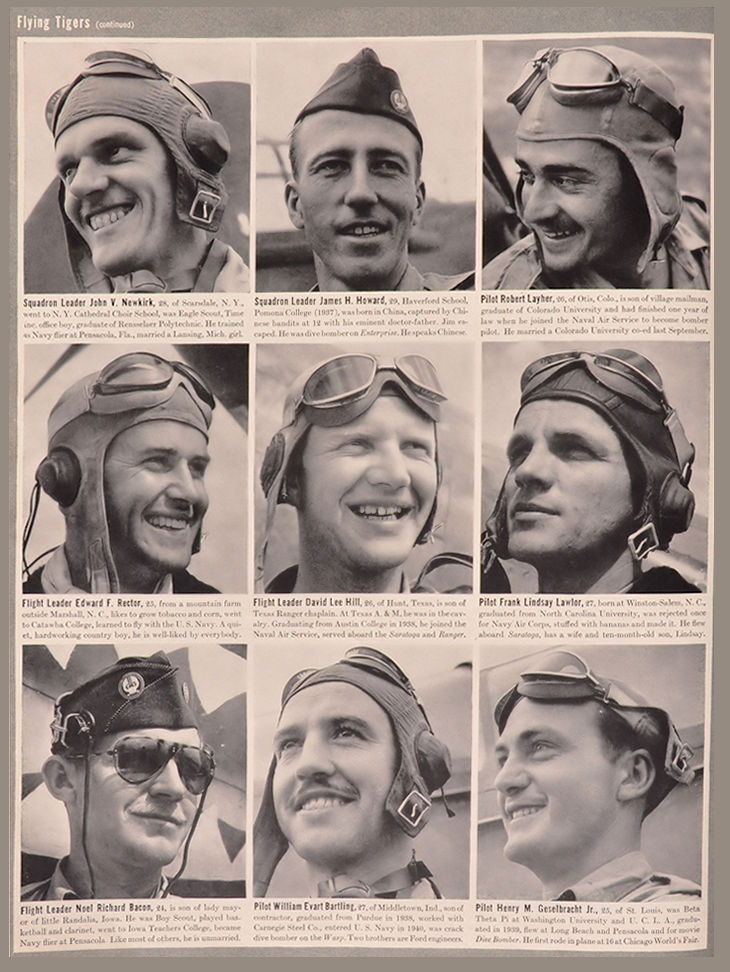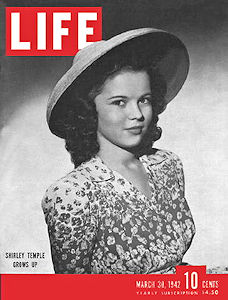
HANDFUL OF AMERICAN PILOTS SHOOT
DOWN 300 JAP WARPLANES IN 90 DAYS
Photographs for LIFE by George Rodger
One shining hope has emerged from three catastrophic months of war. That is the American Volunteer Group of fighter pilots, the so-called "Flying Tigers" of Burma and southeast China who paint the jaws of a shark on their Curtiss P40's. Outnumbered often ten to one, they have so far shot down about 300 Jap planes, killed perhaps 800 Jap airmen. They have violently wrenched from the Jap Air Force control of the skies over Burma and southeast China. They have conclusively proved what was once only a Yankee belief: that one American flier is equal to two or three daps. "Give me," said U.S. Lieutenant General Brett in Australia last week, "100 fighters to 200 Japs and I'll lick them every time. And I am not disparaging the Japs. They are good fighters." On the following pages LIFE presents the first full-length portrait of the Flying Tigers in action, taken by LIFE Photographer George Rodger before Jap ground forces seized the A.V.G. base al Rangoon.
The hundred or so young men of the Flying Tigers have several tremendous assets: 1) they have had up to six years of military flying and they have an instinctive feel for what their machines will do; 2) they have been blooded in the air and 3) they are always looking for a fight. The result was bound to he something extremely painful to anybody who ran into them. On their first meeting. they aetually lost four planes to the Japs' six. On the second historic meeting, on Christmas Day, they moved down 20 out of 78 Japs with a loss of zero. The holocaust was on.
|
Webmaster's Note: The term, "Jap," is clearly derogatory but in the context of the times, Life Magazine and American lexicon used it freely. I have included the article and captions exactly as written for historical accuracy.
|
The American Volunteer Group was recruited from U. S. Army, Navy and Marine fliers a year ago, under hush-hush circumstances to avoid offending the Japs. Its job was to help China fight. Pay was $600 a month with a $500 bonus for every Jap plane shut down. The men, who had been promised no loss of rank in the U. S. Armed Forces, began nrrisiug in the Far East last summer, registered as tourists, acrobats. artists. They were trained and organized by China's crack American Air Chief,Colonel Claire Cheunault. When war broke out Dec. 7, they were just about set.
|

